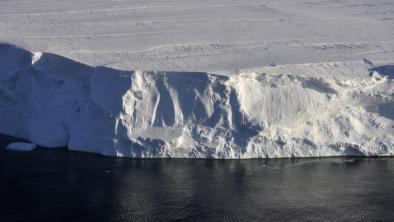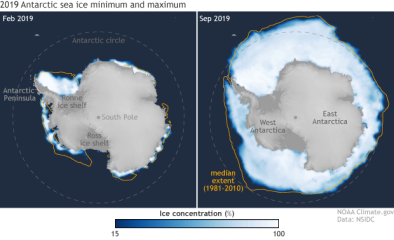Science Source
Evidence for the stability of the West Antarctic Ice Sheet divide for 1.4 million years
- Establishes importance of understanding past fluctuations of the West Antarctic Ice Sheet (WAIS) because of the possibility of WAIS collapse in the future and a consequent rise in global sea level
- States the configuration and stability of the ice sheet during past interglacial periods remains uncertain
- Presents evidence to suggest that the divide of the WAIS has fluctuated only modestly in location and thickness for at least the last 1.4 million years
- Finds that fluctuations during glacial–interglacial cycles appear superimposed on a long-term trajectory of ice-surface lowering relative to the mountains
- Finds that this implies as a minimum, a regional ice sheet centred on the Ellsworth-Whitmore uplands may have survived Pleistocene warm periods, and that if so, it constrains the WAIS contribution to global sea level rise during interglacials to about 3.3 m above present
Related Content
Headline

Jan 29, 2020 | BBC News
Journey to the 'doomsday glacier'
Headline

Nov 22, 2019 | NOAA Climate.gov
Understanding climate: Antarctic sea ice extent
Headline

Mar 26, 2019 | The Guardian
Australian researchers find huge lakes beneath largest east Antarctic glacier
Science Source
| Geophysical Research Letters
Mass Loss of Totten and Moscow University Glaciers, East Antarctica, Using Regionally Optimized GRACE Mascons
Yara Mohajerani, Isabella Velicogna, Eric Rignot


